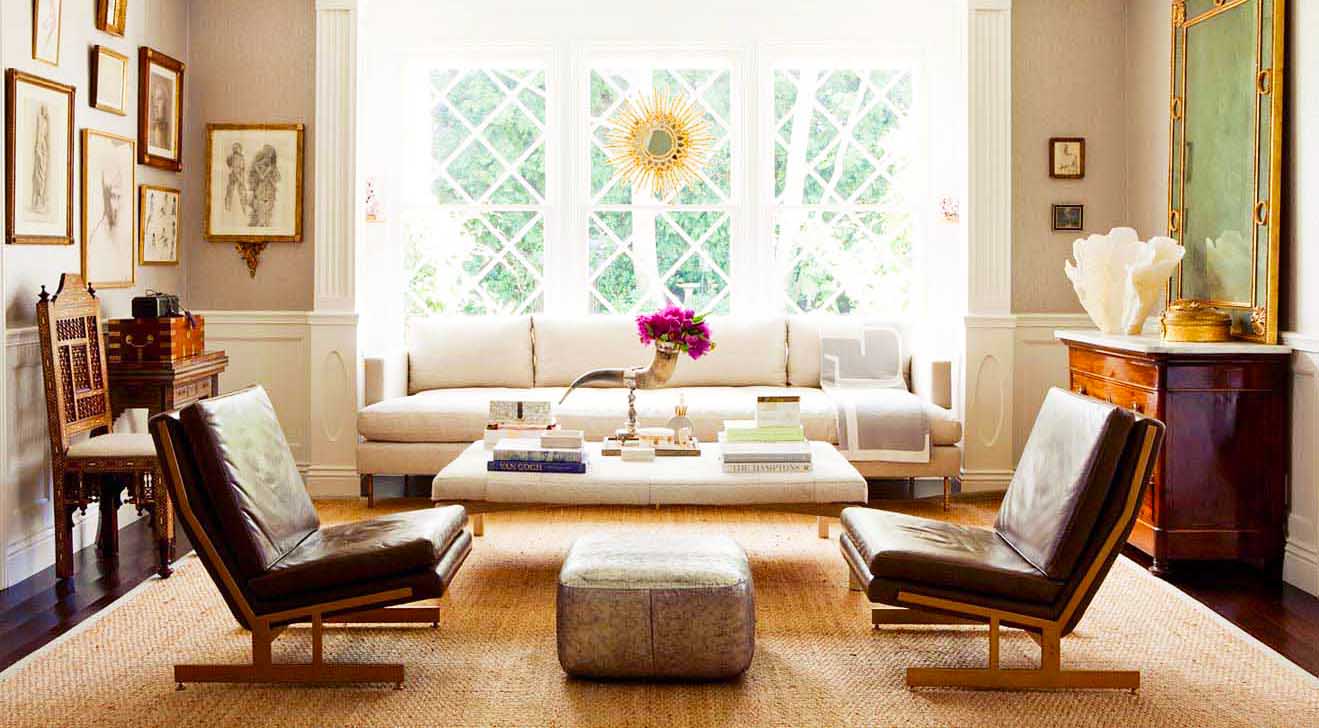One of the most important rooms in any home is the living room. It's where we gather with family and friends, relax after a long day, and entertain guests. But if your living room is not properly arranged, it can feel cluttered and uncomfortable. Finding the perfect living room arrangement can seem daunting, but with these 10 tips, you can create a space that is both functional and inviting.Living Room Layout Ideas: Place Your Furniture for the Perfect Arrangement
Before you start moving furniture around, it's important to have a plan. Think about the purpose of your living room and how you want it to function. Do you want it to be a space for TV viewing, conversation, or both? Once you have a clear idea, you can start arranging your furniture.How to Arrange Furniture in a Living Room
When it comes to arranging furniture in your living room, there are some general decorating rules that can help. These 10 simple rules will guide you towards creating a balanced and visually appealing space.10 Simple Decorating Rules for Arranging Furniture
Now that you have a better understanding of some decorating rules, let's look at some furniture arrangement ideas to inspire you.Living Room Furniture Arrangement Ideas
1. Consider the size and shape of your room: Before you start arranging furniture, take note of the size and shape of your living room. This will help you determine what furniture pieces will fit best in the space. 2. Start with the largest piece of furniture: In most living rooms, the largest piece of furniture is the sofa. Start by placing the sofa in the room and then arrange other pieces around it. 3. Don't push furniture against the walls: While it may seem like a good idea to push furniture against the walls to create more space, this can actually make the room feel more empty and less inviting. Instead, float furniture away from the walls to create a more intimate and cozy space. 4. Consider traffic flow: Make sure there is enough space between furniture pieces for people to easily walk around and through the room. 5. Use furniture to divide large rooms: If you have a larger living room, use furniture, such as a bookcase or console table, to create separate areas and define the space. 6. Balance the room: Make sure there is a good balance of furniture on each side of the room to create a sense of symmetry and visual interest. 7. Keep functionality in mind: While aesthetics are important, don't forget about the function of your living room. Make sure the furniture arrangement allows for easy movement and serves the purpose of the room.7 Furniture Arrangement Tips
When arranging living room furniture, it's important to create a balance between functionality and aesthetics. Here are some steps to help guide you:How to Arrange Living Room Furniture
Now that you have a better understanding of how to arrange furniture in a living room, let's look at some different living room layouts and ideas to inspire you.Living Room Layouts and Ideas
1. Use multi-functional furniture: In a small living room, it's important to maximize space. Consider using multi-functional furniture, such as a storage ottoman or a coffee table with hidden storage. 2. Choose a small-scale sofa: Instead of a large, bulky sofa, opt for a smaller scale one to save space in a small living room. 3. Float furniture: As mentioned earlier, floating furniture away from the walls can create a more intimate and cozy space, even in a small living room. 4. Use mirrors: Mirrors can help make a room feel larger by reflecting light and creating the illusion of more space. 5. Keep furniture simple and streamlined: In a small living room, it's best to keep furniture simple and streamlined to avoid a cluttered and cramped look.5 Tips for Arranging Furniture in a Small Living Room
1. Start with a plan: Before you start moving furniture around, have a clear plan in mind. 2. Consider the function of the room: The function of the room will determine how you arrange furniture. 3. Balance large and small pieces: Mix and match large and small furniture to create visual interest and balance. 4. Leave room for traffic flow: Make sure there is enough space to walk around and between furniture pieces. 5. Use rugs to define spaces: Rugs can help anchor furniture and create separate areas in an open concept living room. 6. Don't block windows: Make sure furniture is not blocking natural light or the view from windows. 7. Mix and match seating: Don't be afraid to mix different types of seating to create a more interesting and comfortable space. 8. Experiment with different arrangements: Don't be afraid to try different furniture arrangements until you find the one that works best for your space. 9. Use symmetry for a classic look: If you prefer a more traditional look, try arranging furniture symmetrically around a focal point. 10. Consider the size and shape of the room: The size and shape of your living room will determine what furniture pieces will fit best in the space.10 Rules for Arranging Furniture
1. Consider the purpose of the room: Determine how you want your living room to function and arrange furniture accordingly. 2. Start with the focal point: Arrange furniture around the focal point of the room, such as a fireplace or TV. 3. Use furniture to create conversation areas: Group furniture together to create separate conversation areas. 4. Leave room for traffic flow: Make sure there is enough space to walk around and between furniture pieces. 5. Balance large and small pieces: Mix and match large and small furniture to create visual interest and balance. With these tips and ideas, you can create the perfect living room arrangement that is both functional and aesthetically pleasing. Remember to have a plan, consider the function of the room, and don't be afraid to experiment with different arrangements until you find the one that works best for your space.Living Room Furniture Arrangement Tips
Creating a Cozy and Functional Living Room with the Correct Arrangement
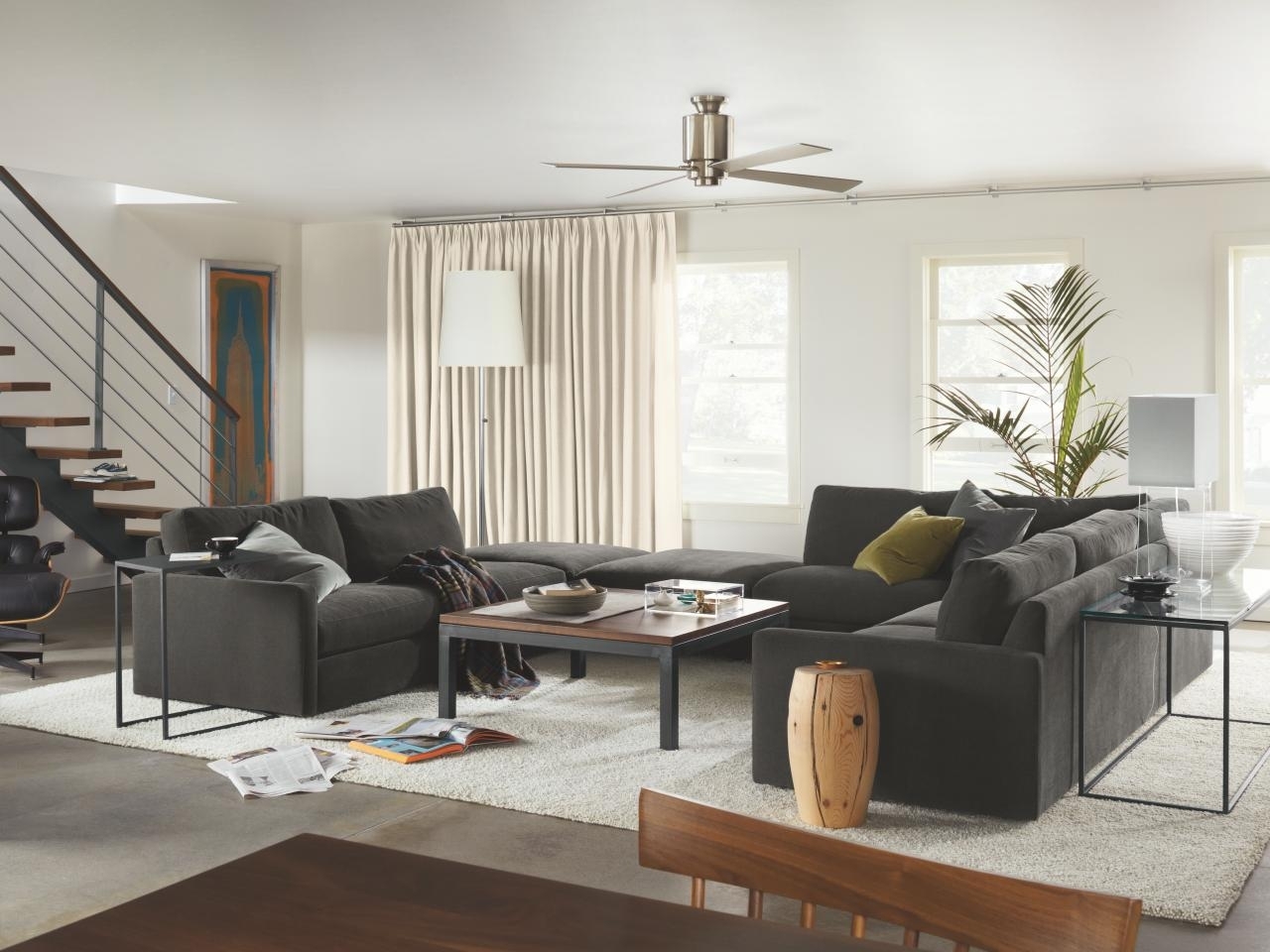
The Importance of a Well-Designed Living Room
 A living room is often the heart of a home, a place where family and friends gather to relax, unwind, and spend quality time together. It is also the first room that guests see when they enter your home, making it the perfect opportunity to showcase your personal style and create a welcoming atmosphere. However, without the right arrangement, the living room can feel cluttered, uncomfortable, and lack functionality. That's why it's essential to carefully plan and arrange your living room to maximize its potential and create a space that is both inviting and functional.
A living room is often the heart of a home, a place where family and friends gather to relax, unwind, and spend quality time together. It is also the first room that guests see when they enter your home, making it the perfect opportunity to showcase your personal style and create a welcoming atmosphere. However, without the right arrangement, the living room can feel cluttered, uncomfortable, and lack functionality. That's why it's essential to carefully plan and arrange your living room to maximize its potential and create a space that is both inviting and functional.
Choosing the Right Furniture
 The first step in creating the perfect living room arrangement is choosing the right furniture. This includes a comfortable sofa or sectional, chairs, coffee table, and any additional pieces such as an ottoman or side tables. When selecting furniture, consider the size of your living room and the purpose of the room.
Bold keywords: comfortable sofa, coffee table, side tables
. If your living room is small, opt for smaller furniture pieces that won't overwhelm the space.
Bold keywords: small furniture pieces
. If you have a larger living room, you have more flexibility in choosing furniture, but be mindful not to overcrowd the space.
Bold keywords: larger living room, overcrowd
.
The first step in creating the perfect living room arrangement is choosing the right furniture. This includes a comfortable sofa or sectional, chairs, coffee table, and any additional pieces such as an ottoman or side tables. When selecting furniture, consider the size of your living room and the purpose of the room.
Bold keywords: comfortable sofa, coffee table, side tables
. If your living room is small, opt for smaller furniture pieces that won't overwhelm the space.
Bold keywords: small furniture pieces
. If you have a larger living room, you have more flexibility in choosing furniture, but be mindful not to overcrowd the space.
Bold keywords: larger living room, overcrowd
.
Arranging for Functionality
 Once you have chosen the right furniture, the next step is to arrange it for optimal functionality. Start by considering the natural flow of your living room and how people will move around the space.
Bold keywords: natural flow, move around
. Arrange furniture in a way that allows for easy movement and conversation.
Bold keywords: easy movement, conversation
. If you have a focal point in your living room, such as a fireplace or TV, arrange furniture around it to create a cozy and inviting atmosphere.
Bold keywords: focal point, cozy, inviting atmosphere
. Don't forget to leave enough space between furniture pieces for walking and to avoid a cluttered look.
Bold keywords: space, walking, cluttered look
.
Once you have chosen the right furniture, the next step is to arrange it for optimal functionality. Start by considering the natural flow of your living room and how people will move around the space.
Bold keywords: natural flow, move around
. Arrange furniture in a way that allows for easy movement and conversation.
Bold keywords: easy movement, conversation
. If you have a focal point in your living room, such as a fireplace or TV, arrange furniture around it to create a cozy and inviting atmosphere.
Bold keywords: focal point, cozy, inviting atmosphere
. Don't forget to leave enough space between furniture pieces for walking and to avoid a cluttered look.
Bold keywords: space, walking, cluttered look
.
Consider Function Over Form
:max_bytes(150000):strip_icc()/Chuck-Schmidt-Getty-Images-56a5ae785f9b58b7d0ddfaf8.jpg) While it's essential to create a visually appealing living room, functionality should always be a top priority. Consider the purpose of your living room and how you will use it on a daily basis.
Bold keywords: purpose, daily basis
. If you enjoy entertaining, make sure there is enough seating for guests and that the furniture is arranged in a way that encourages conversation.
Bold keywords: entertaining, seating, encourages conversation
. If you use your living room as a place to relax and watch TV, make sure the seating is comfortable and arranged for optimal viewing.
Bold keywords: relax, watch TV, comfortable, optimal viewing
. By prioritizing function over form, you can create a living room that not only looks great but also meets your everyday needs.
While it's essential to create a visually appealing living room, functionality should always be a top priority. Consider the purpose of your living room and how you will use it on a daily basis.
Bold keywords: purpose, daily basis
. If you enjoy entertaining, make sure there is enough seating for guests and that the furniture is arranged in a way that encourages conversation.
Bold keywords: entertaining, seating, encourages conversation
. If you use your living room as a place to relax and watch TV, make sure the seating is comfortable and arranged for optimal viewing.
Bold keywords: relax, watch TV, comfortable, optimal viewing
. By prioritizing function over form, you can create a living room that not only looks great but also meets your everyday needs.
Incorporating Personal Style
 The final step in creating the perfect living room arrangement is incorporating your personal style. This can be achieved through the use of colors, patterns, and decor items.
Bold keywords: personal style, colors, patterns, decor items
. Choose a color scheme that reflects your personality and complements the rest of your home.
Bold keywords: color scheme, reflects personality, complements
. Add in patterned throw pillows or rugs to add interest and texture to the space.
Bold keywords: patterned throw pillows, rugs, interest, texture
. Don't be afraid to display personal items such as photos, artwork, and souvenirs to make the living room feel like your own.
Bold keywords: personal items, photos, artwork, souvenirs
. By incorporating your personal style, you can create a living room that is both functional and uniquely yours.
In conclusion, the correct living room arrangement is crucial in creating a cozy and functional space that reflects your personal style. By carefully selecting furniture, arranging it for functionality, and incorporating personal touches, you can create a living room that is both welcoming and practical. With these tips in mind, you can transform your living room into the heart of your home.
The final step in creating the perfect living room arrangement is incorporating your personal style. This can be achieved through the use of colors, patterns, and decor items.
Bold keywords: personal style, colors, patterns, decor items
. Choose a color scheme that reflects your personality and complements the rest of your home.
Bold keywords: color scheme, reflects personality, complements
. Add in patterned throw pillows or rugs to add interest and texture to the space.
Bold keywords: patterned throw pillows, rugs, interest, texture
. Don't be afraid to display personal items such as photos, artwork, and souvenirs to make the living room feel like your own.
Bold keywords: personal items, photos, artwork, souvenirs
. By incorporating your personal style, you can create a living room that is both functional and uniquely yours.
In conclusion, the correct living room arrangement is crucial in creating a cozy and functional space that reflects your personal style. By carefully selecting furniture, arranging it for functionality, and incorporating personal touches, you can create a living room that is both welcoming and practical. With these tips in mind, you can transform your living room into the heart of your home.





















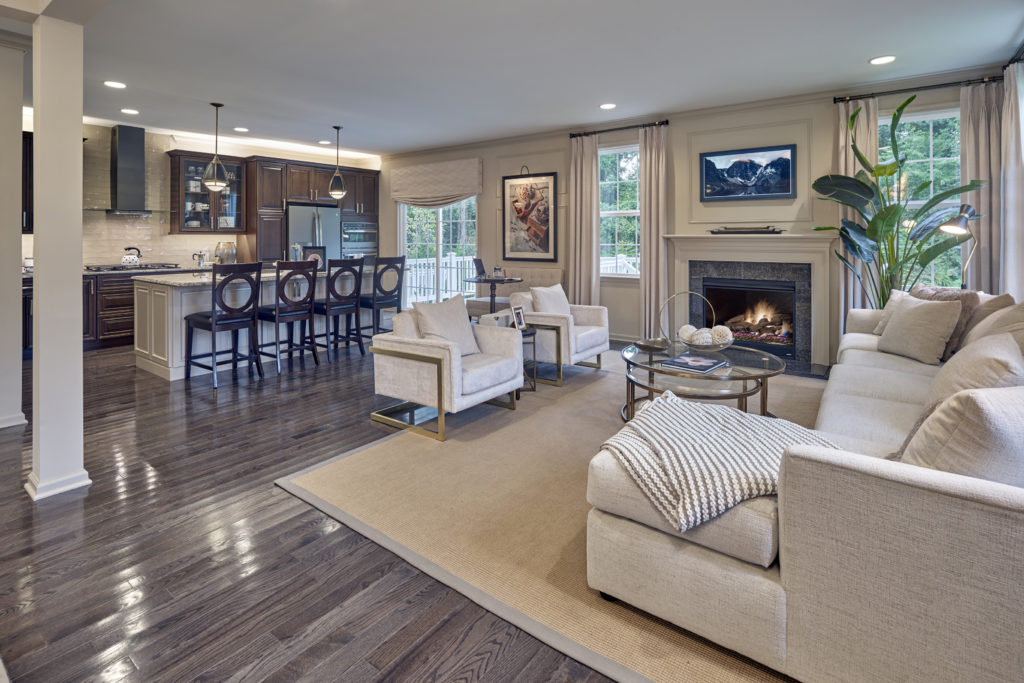





/rules-for-arranging-furniture-2213418-01-0ce5fc6a876342d693cef4e11367d098.jpg)
:max_bytes(150000):strip_icc()/rules-for-arranging-furniture-2213418-focal-point-b67d309ed63244caaa4886f65b2a4e71.jpg)


:max_bytes(150000):strip_icc()/rules-for-arranging-furniture-2213418-coffee-table-67dc0a6932a94cb4b0b99c364f41f2f2.jpg)


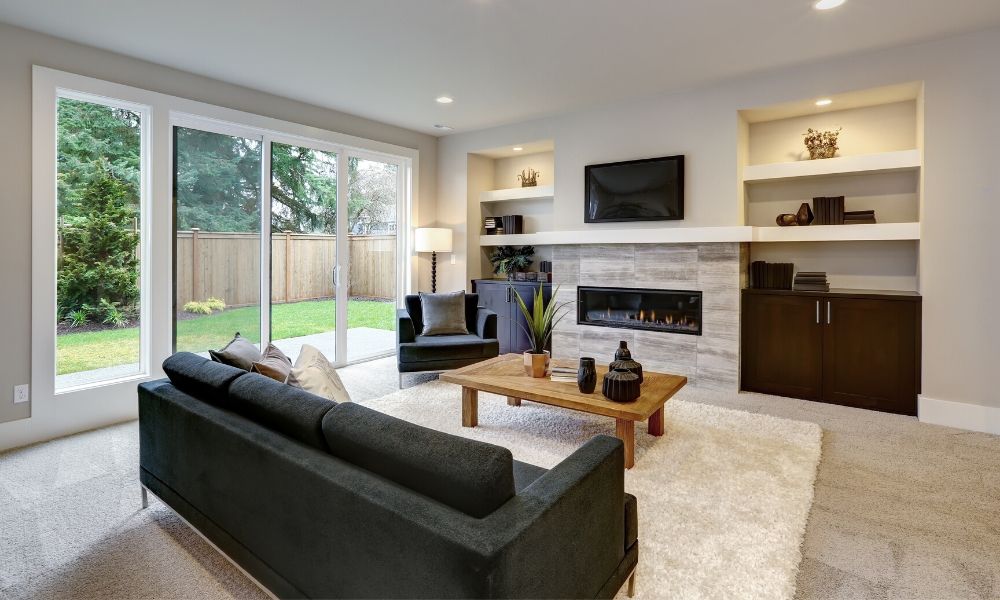


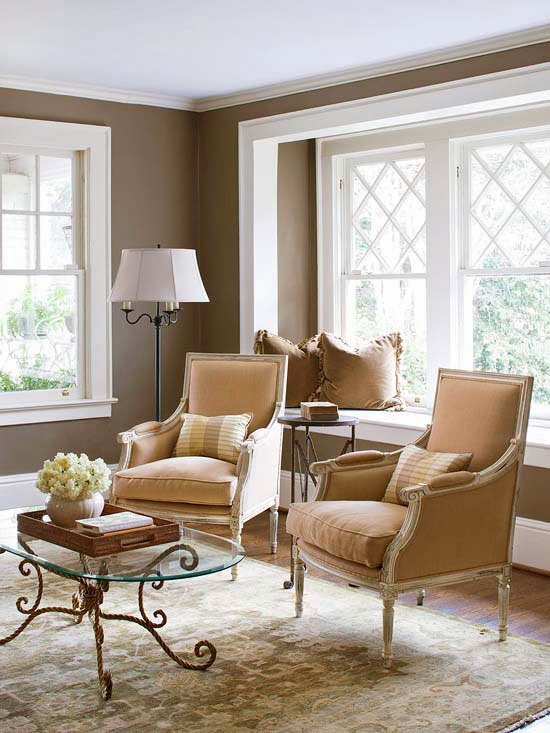
























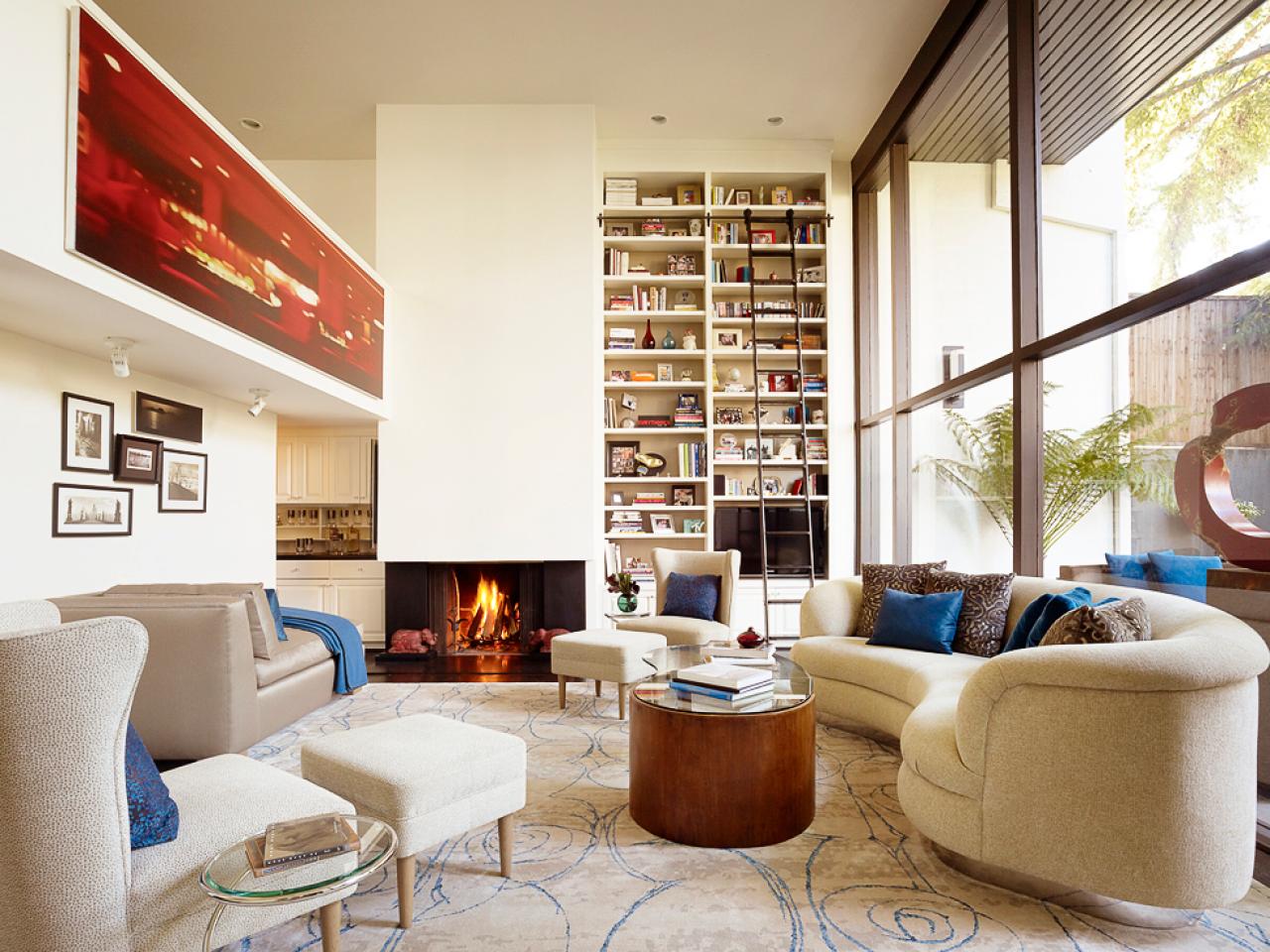













:max_bytes(150000):strip_icc()/rules-for-arranging-furniture-2213418-01-0ce5fc6a876342d693cef4e11367d098.jpg)


:max_bytes(150000):strip_icc()/rules-for-arranging-furniture-2213418-focal-point-b67d309ed63244caaa4886f65b2a4e71.jpg)




